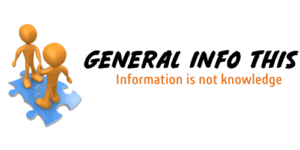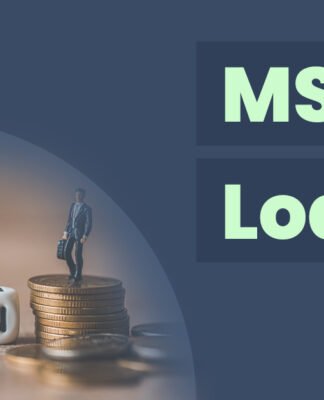During the first decades of computer development, all programs (software) had to be purchased from a physical store and installed on a machine. If you wanted to use them on another device, you had to purchase another copy. To solve this problem, distribution models such as Software as a Service (SaaS) emerged.
If you have a business that relies on multiple apps and you still don’t know what this is, then you understand the benefits of adopting this model.
What is SaaS?
SaaS is a term that describes any kind of service where consumers can access software over the internet. The program is in the “cloud” and is suitable for a wide range of tasks.
Perhaps you have never heard this term, but you surely know companies that work with this model. What do Google, Facebook and Twitter have in common? They are all SaaS companies.
But, those are just famous examples. The software used in the office are the best models of how to use SaaS in the professional corporate environment. Tasks such as accounting, issuing invoices, sales and planning can be done with this type of program.
Software-on-demand
The term Saas can also be replaced by software on demand, referring to the fact that in this model the application is “rented”, not purchased. In the traditional software trade, the program was bought in a physical or virtual store and the application license was installed on a computer. This limits the number of users and computers where it can be installed.
The SaaS model adopts the subscription (normally monthly) instead of the purchase. The software is purchased online only, the files are saved in the cloud and can be accessed from any computer.
If a change needs to be made, the subscription is canceled and changed to another. In the conventional model, it was necessary to buy the same program many times and install it on several machines one by one, a very costly task in financial and time terms, which practically prevented changing providers.
Advantages of acquiring the SaaS
- Less expenses: Software on demand does not require processing capacity to run applications, since it is provided by the cloud.
- No upfront costs: Apps are ready to use right after you sign up.
- Scalable use: If you need more storage space or additional services, you can order them on request, without installing other software.
- Automatic updates: Whenever an update is available, all users can install it online, and usually for free.
- Compatibility between devices: In most cases, access to the software can be done from any device that has access to the internet, be it a computer, phone or tablet.
- Accessibility: Instead of being accessed from a single or few devices, a SaaS application can be used anywhere.
- Customization: Generally, on-demand software allows modifications to adapt to customer needs.















